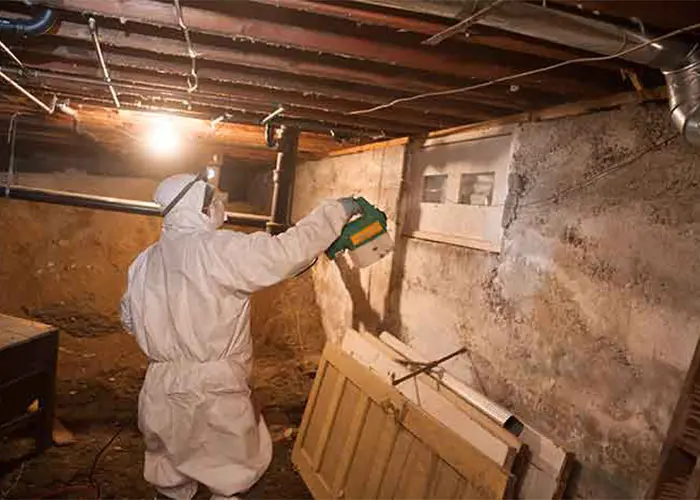Mold Remediation
Mold remediation is the process of removing mold growth and preventing its return to ensure a safe, healthy living or working environment. Mold thrives in damp or humid conditions, and if left unchecked, it can lead to health problems such as allergies, respiratory issues, and skin irritation, as well as damage to buildings and their structures. If you need first rate mold remediation, be sure to contact Certified Inspections at www.certifiedinspections.com
Here’s a general overview of the mold remediation process:

-
- Identify the source: The first step is to identify the areas affected by mold and the source of moisture that is promoting the growth.
- Assessment: Professionals use tools like moisture meters, infrared cameras, and air testing to determine the severity of the mold problem.
2. Containment
- Isolate the area: To prevent the spread of mold spores to unaffected areas, containment is done using barriers like plastic sheeting and negative air pressure.
- Turn off HVAC systems: Heating and air conditioning systems are usually turned off to avoid circulating mold spores.
3. Air Filtration
- HEPA filtration: High-Efficiency Particulate Air (HEPA) filters are used to capture mold spores from the air. Air scrubbers and vacuums with HEPA filters help clean the air and surfaces.

Remove materials: Affected porous materials like drywall, carpets, and insulation are often removed and discarded, as mold can penetrate these surfaces.
Surface cleaning: Non-porous materials like metal, glass, or hard plastics can be cleaned with antimicrobial agents and mold-killing solutions.
Abrasive methods: For severe cases, abrasive techniques like sanding or dry ice blasting may be used to remove mold from materials like wood.
5. Drying and Dehumidification
- Eliminate moisture: Fans, dehumidifiers, and other equipment are used to dry the affected areas thoroughly to prevent mold from coming back.
6. Repairs and Restoration
- Restoration: After remediation, any removed materials, such as drywall, flooring, or insulation, will need to be replaced or repaired. The goal is to restore the area to its original condition.
7. Preventive Measures
- Address moisture issues: Fix any leaks, improve ventilation, and use dehumidifiers if necessary to prevent mold from returning.
- Monitor humidity levels: Keeping indoor humidity below 50% helps prevent mold growth.
Proper mold remediation is essential for long-term protection against mold-related damage and health issues. In many cases, hiring professional mold remediation services is recommended, especially for larger or more hazardous infestations.

